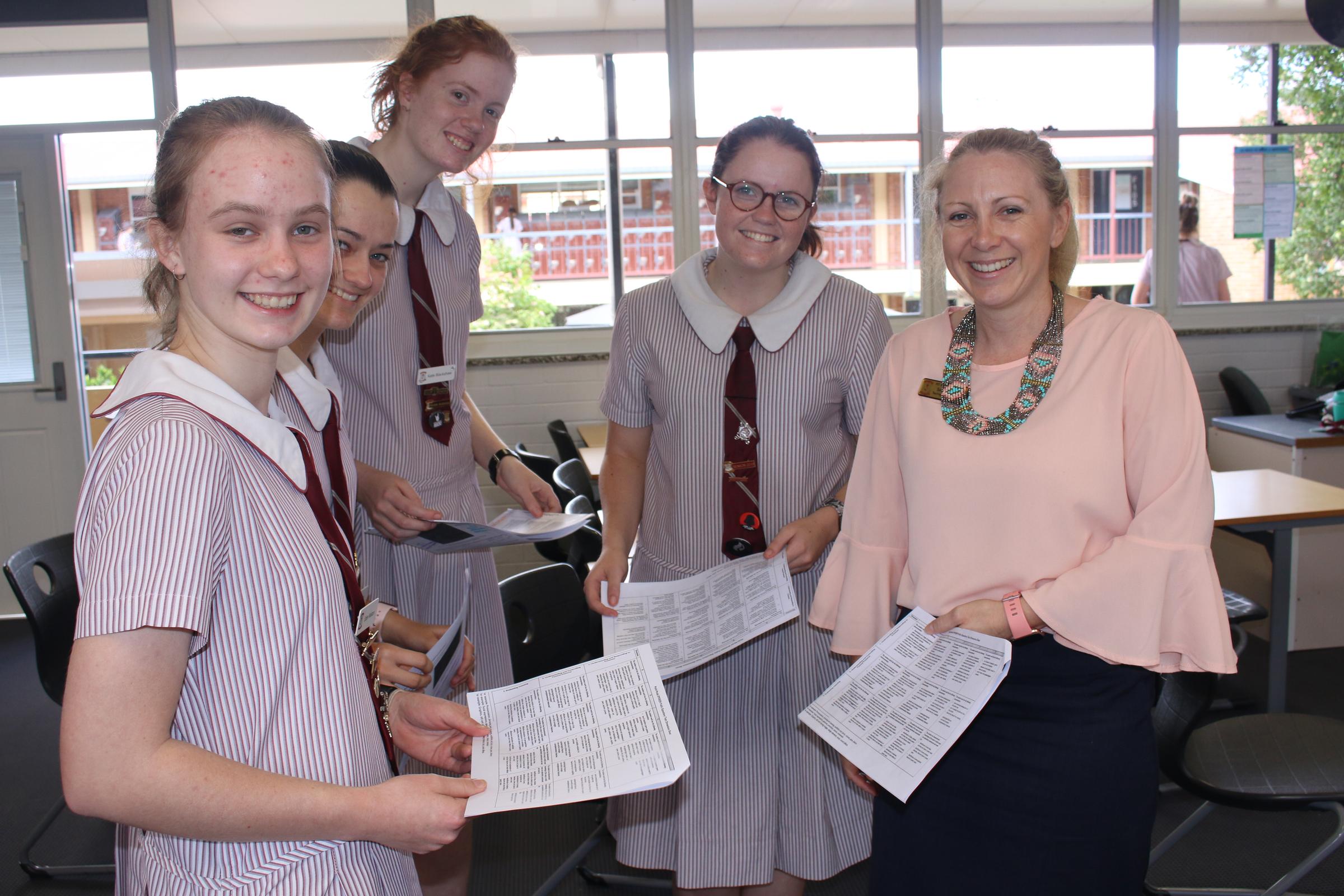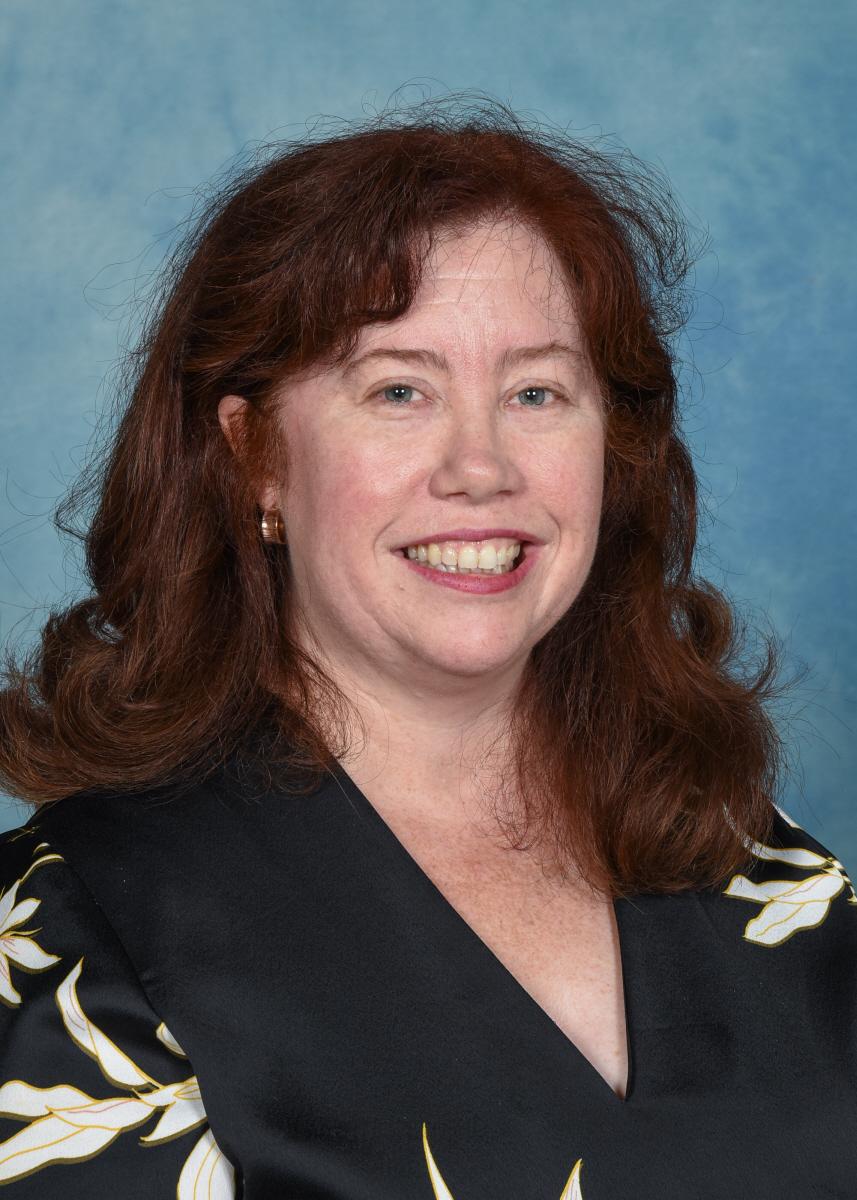Deputy Principal - Teaching and Learning

The College prepares to, next week, welcome back students from Years 7 to 10 who have been ‘learning from home’. It will be wonderful to get back to ‘business as usual’, at least to some degree. We are mindful that this has been a challenging time for many - for our teachers, who’ve had to adapt online pedagogy; for our students, who’ve had to work with greater problem solving and autonomy; for our parents, who’ve had to be more engaged in the day-to-day routines. My thanks to all stakeholders for what they have done to ensure learning could be delivered, even in a state of disruption.
We talk all the time about preparing students for the 21st century. Much of that conversation, I believe, overstates the differences between this century and the one that came before it. The principles of good teaching, then and now, are not fundamentally different. Despite this, it would be a shame if we didn’t all reflect on how this period of disruption has created, and indeed accelerated, opportunities for the future.
As a college, we must adopt a robust attitude to purposeful change. Currently, we are in the process of reviewing our timetable structure for 2021 and how our curriculum for Years 7 to 10 prepares our students for the challenges of the new QCE system. As we contemplate these important new directions, it will be wise to also consider what the Learning from Home period offers us, by way of opportunity.
Indeed, there can be no doubt that there is potential for the educational paradigm to shift for the better. In a recent lecture facilitated by the Australian Curriculum Studies Association, entitled Curriculum in Crisis – Pedagogy in a Pandemic, one of my old colleagues, Dr Deborah Netolicky, suggested the following, as potential positives:
- The realisation that ‘less’ is sometimes more (identifying the core aspects of the curriculum that need to be known, and avoiding over-instruction and over-crowding)
- The availability of ‘recorded’ instruction so that students can ‘replay’ key concepts, enhancing their comprehension and understanding
- The requirement for student output over teacher voice, in order to better gauge student learning
- The capacity to diversity teacher voice across class cohorts so that students have access to teachers beyond their own allocated teacher
- The capacity to rethink how you approach the classroom construct and new ways to track engagement
Of course, none of these potential positives will be achievable without investment in teacher reflective practice and capacity building. Nor will it be possible without a genuine review of equity issues, from the availability of band width, to hardware. We are living in interesting times indeed.
Kath Little

